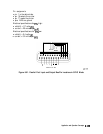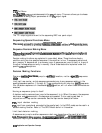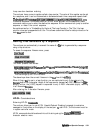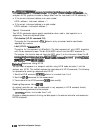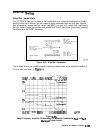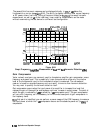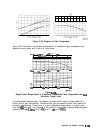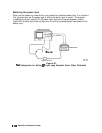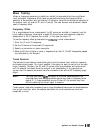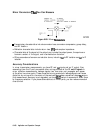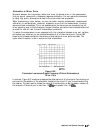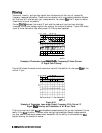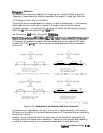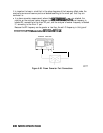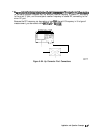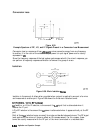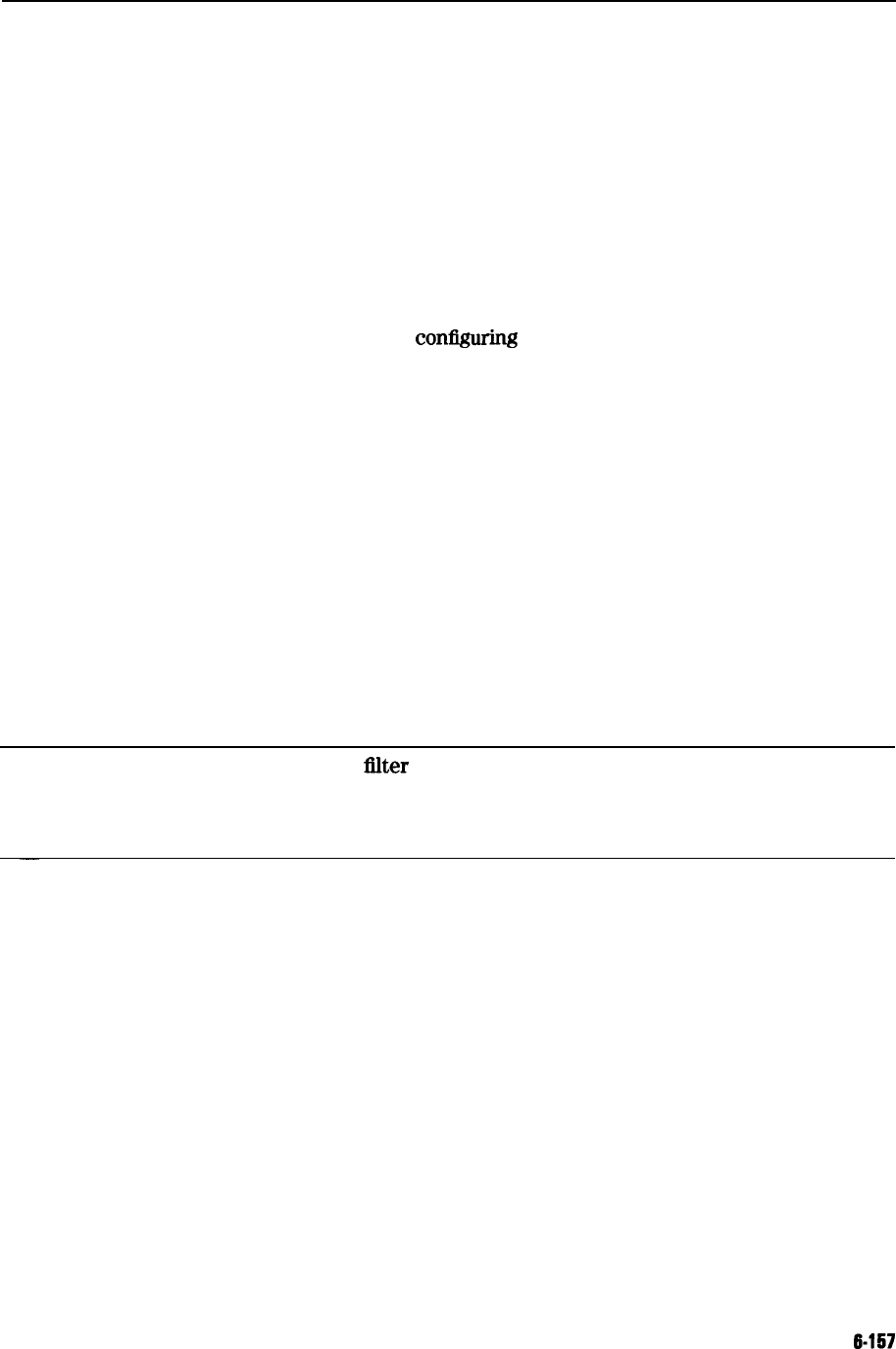
Mixer Testing
Mixers or frequency converters, by definition, exhibit the characteristic of having different
input and output frequencies. Mixer tests can be performed using the frequency offset
operation of the analyzer (with an external LO source) or using the tuned receiver operation of
the analyzer (with an external RF and LO source). The most common and convenient method
used is frequency offset.
Frequency Offset
For a single-sideband mixer measurement, the RF source can be offset in frequency from the
input receiver frequency, allowing for a swept RF stimulus over one frequency range and
measurement of the IF response over another (in this case the output IF).
To use the frequency offset guided setup for
coniigurmg
a mixer measurement:
1. Enter the IF and LO frequencies.
2. Set the LO source to the entered LO frequencies.
3. Specify up conversion or down conversion.
4. Select an RF that is higher or lower in frequency than the LO. (The RF frequencies needed
are calculated by the analyzer.)
Tuned Receiver
The analyzer’s tuned receiver mode allows you to tune its receiver to an arbitrary frequency
and measure signal power. This is only possible if the signal you want to analyze is at an exact
known frequency. Therefore, the RF and LO sources must be synthesized and synchronized
with the analyzer time base. Since the analyzer is not phaselocking in this configuration,
you can use it to measure conversion loss of a microwave mixer with an RF frequency range
output.
Note
You must take care to
filter
the output of the mixer because some of the
intermodulation and leakage products may be very close in frequency to the
desired IF. If these components are not filtered off, the analyzer may have
difficulty selecting the correct signal to measure.
Tuned receiver mode also increases dynamic range. Broadband techniques like diode detection
have a high noise floor, while narrowband techniques like tuned receivers are much less
susceptible to noise.
Application and Operation Concepts
6-157



